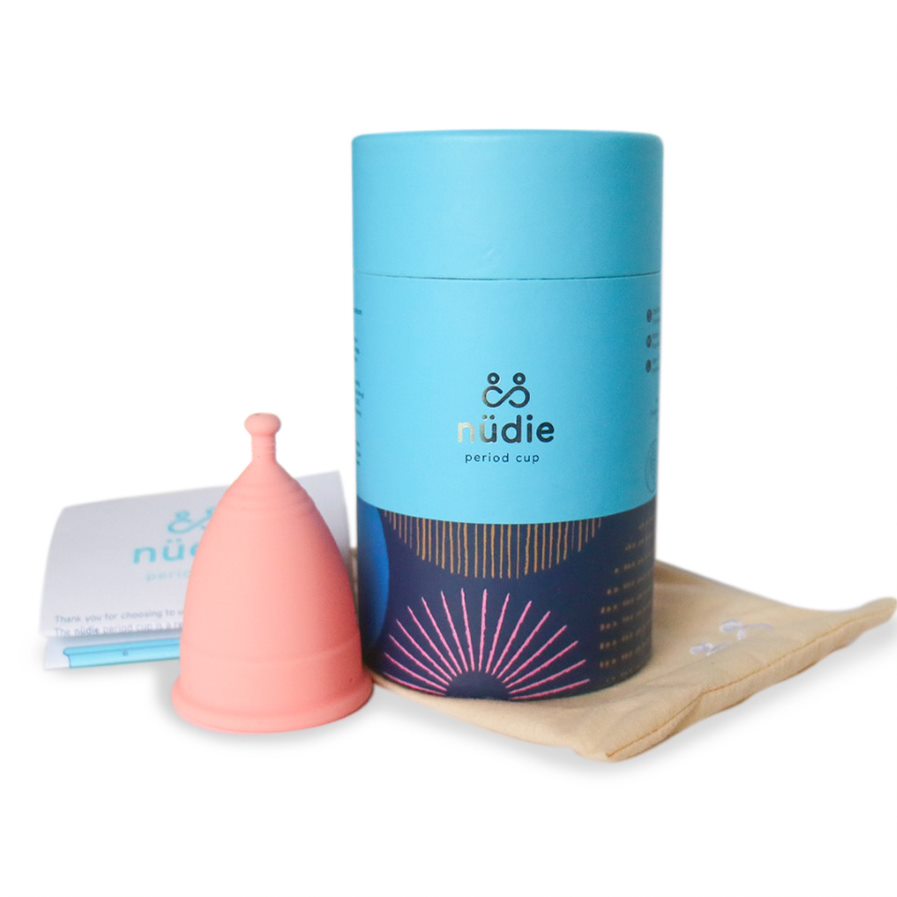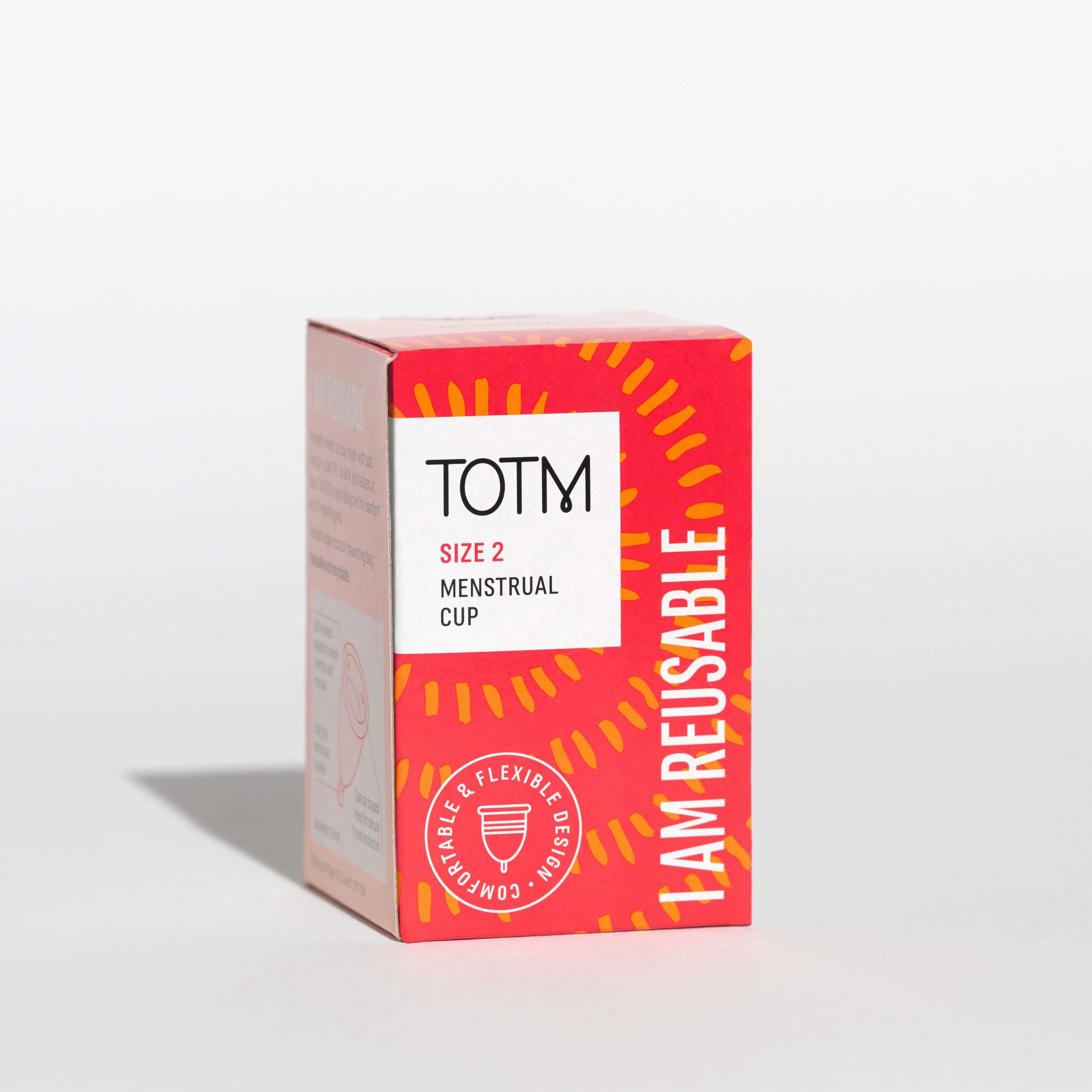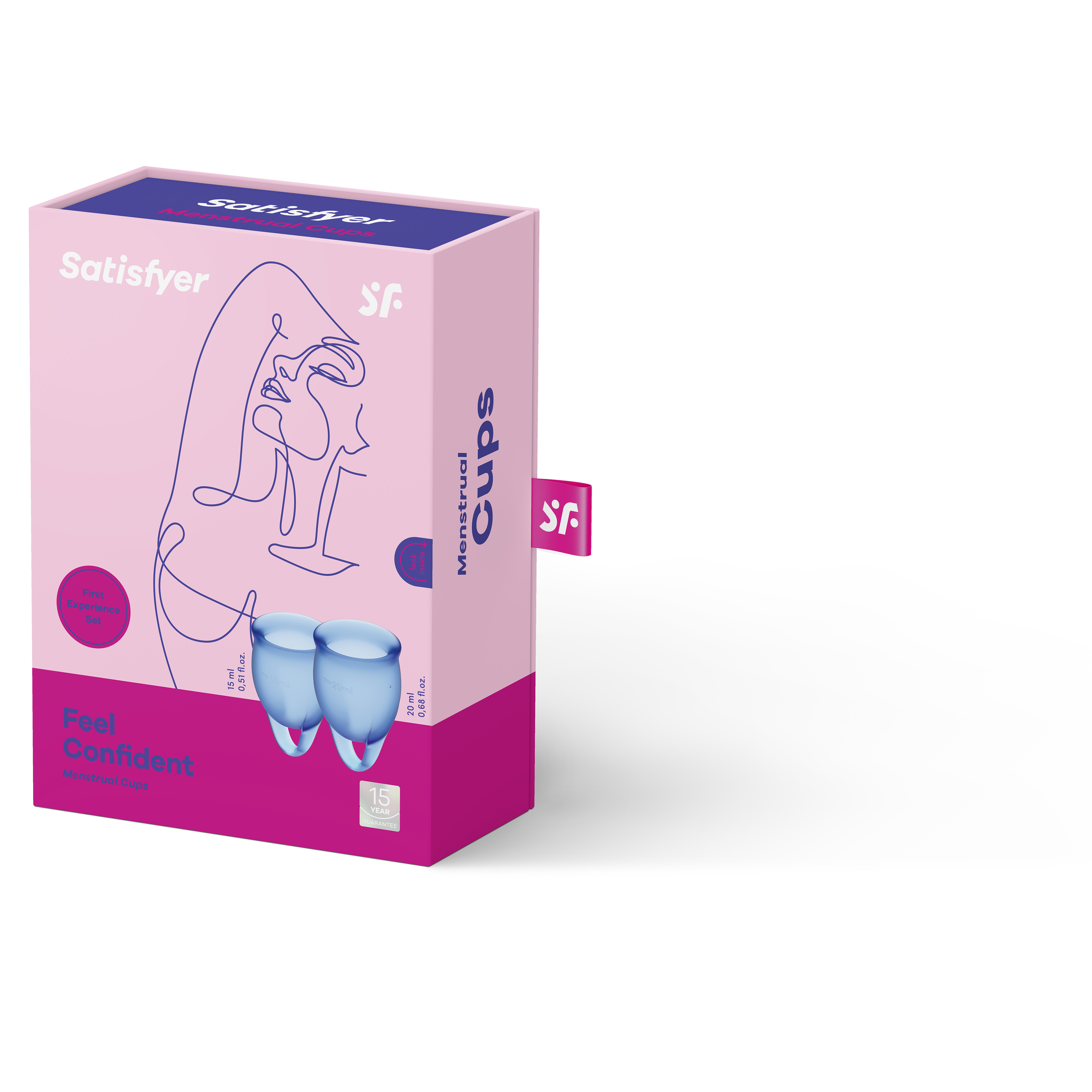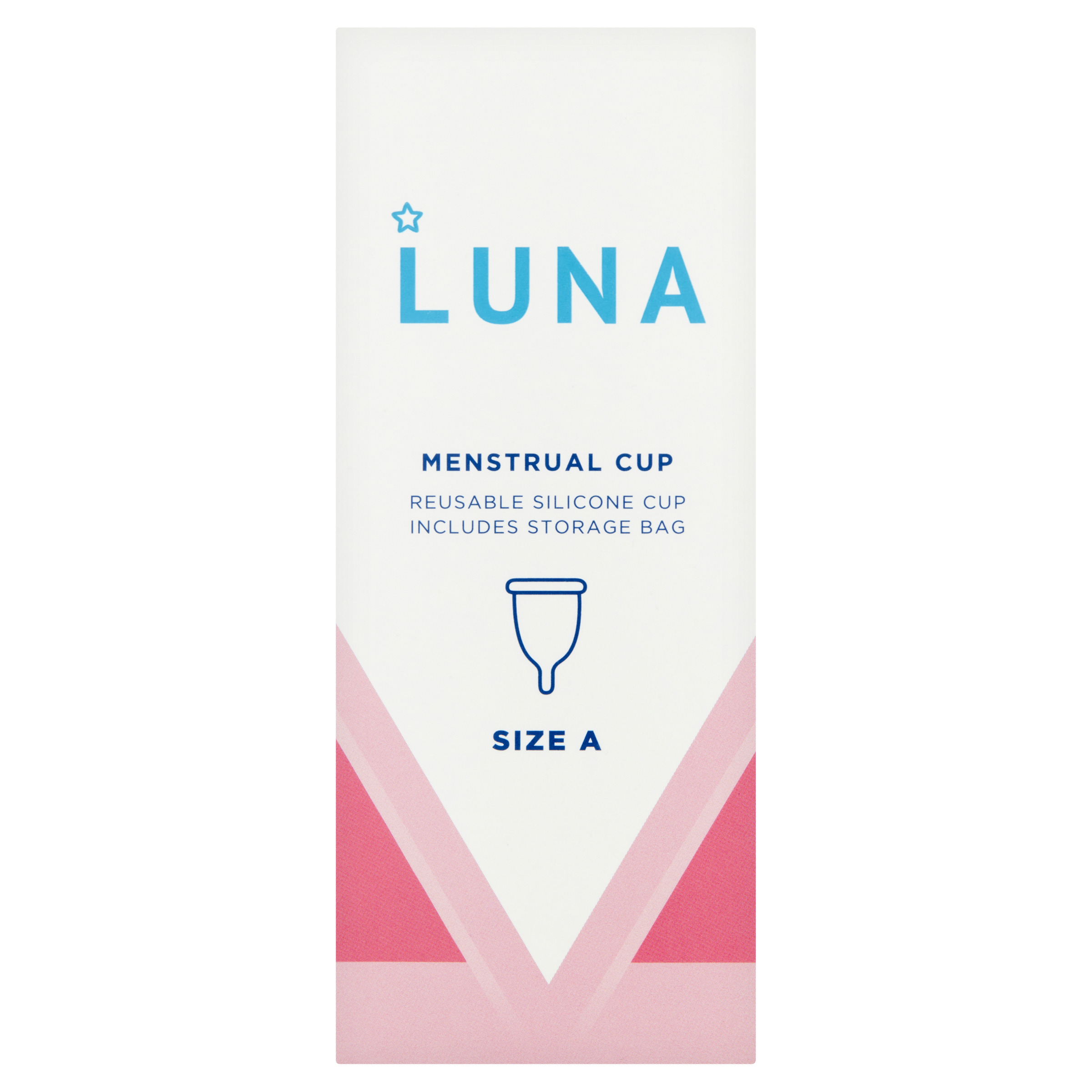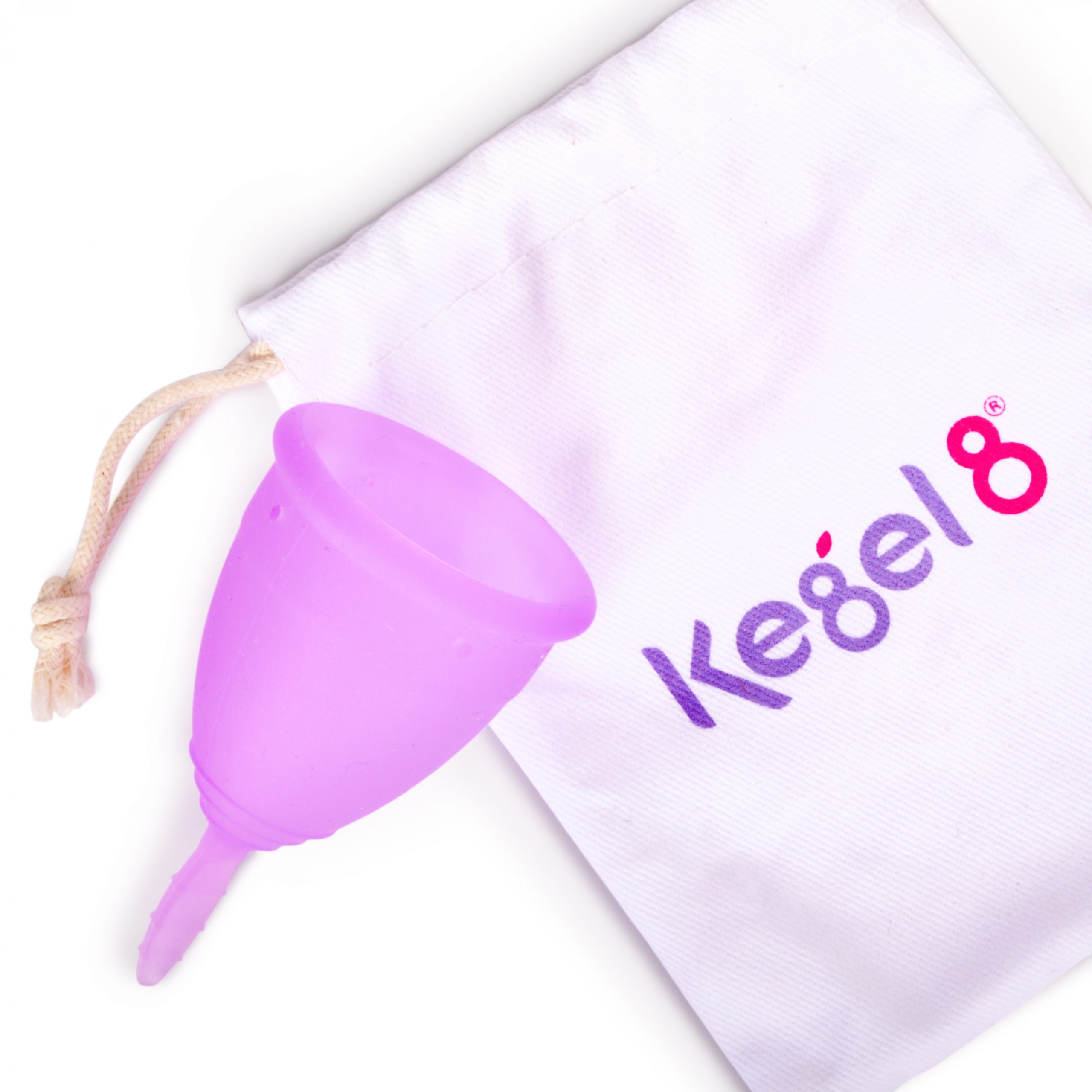Your complete guide to how to use a menstrual cup, plus 14 of the best to buy
By using one, you'll save 2,400 pads or tampons from going to landfill in your lifetime.

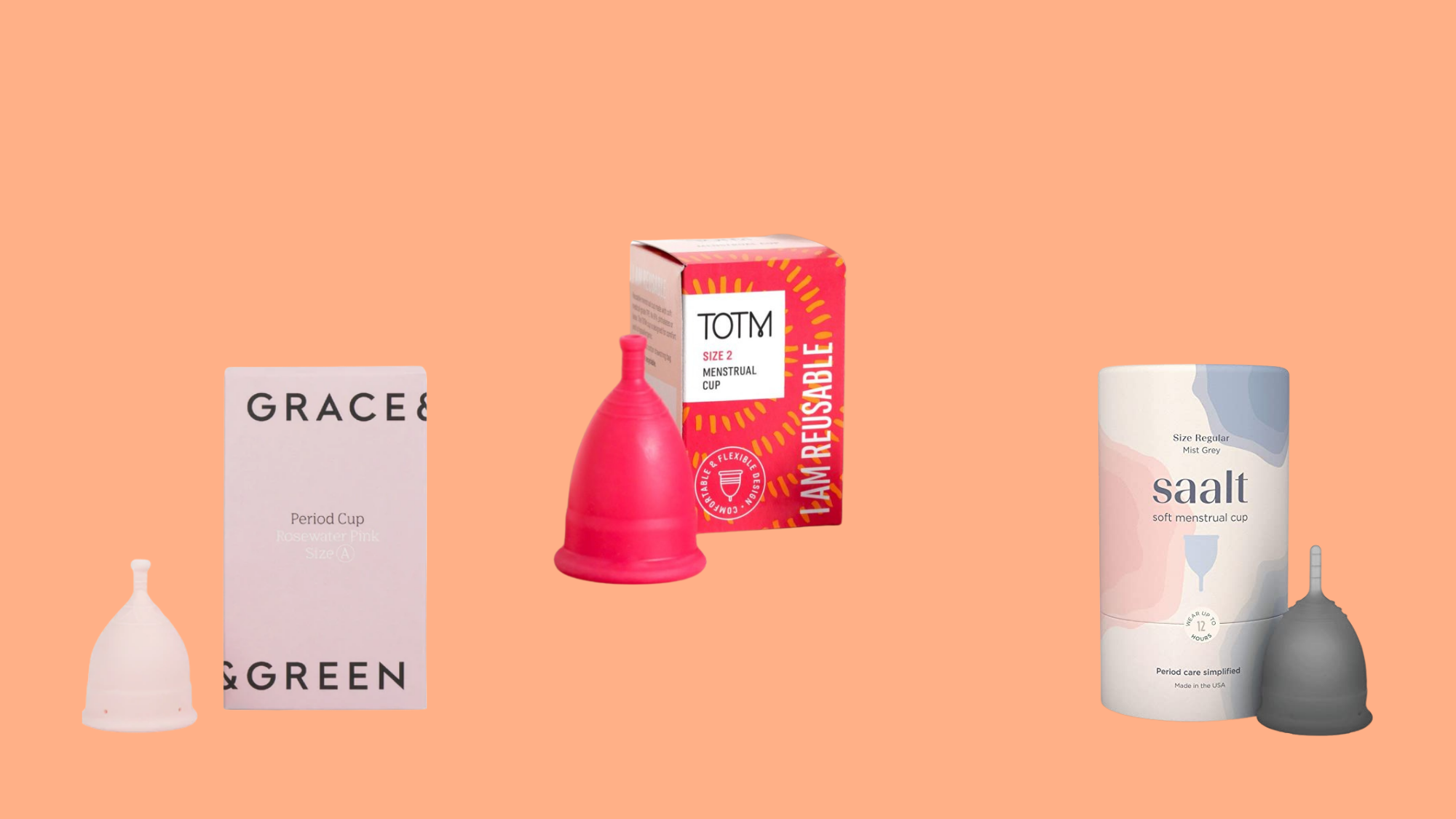
By using one, you'll save 2,400 pads or tampons from going to landfill in your lifetime.
From period tracking, to reading up on the ins and outs of our hormones, we've all become a lot savvier when it comes to understanding our TOTM - and how we can make it more sustainable - in the last few years. Things like using a menstrual cup and reading up on brands that are greenwashing can all make a huge difference to your carbon footprint.
Fun fact: did you know that by using a menstrual or period cup, you're saving 2,400 pads or tampons from going to landfills in your lifetime? (Read what using a cup for your period is like, here).
That's because female hygiene products like tampons and pads are largely made from plastic that doesn't biodegrade. Just think about how many tampons you use in one period – and then how many must add up over a lifetime. It's not a pretty thought.
"Half the population menstruates for around 40 years of their life," shares Heli Kurjanen, founder and CEO of menstrual cup retailer Lunette. Say you all use disposable period products – that’s a lot of waste going into landfills and our oceans.
Menstrual cup: so, what are they?
In short, a small cup which you insert inside your vagina that collects your period blood for you. The cups collect your menstrual fluid, rather than absorbing it like a tampon or pad would. They promise to be gentle, soft and easy-to-insert, and can normally be left in safely to collect blood for around ten to twelve hours.
So, why menstrual cups? In short, because they're reusable, eco-friendly, and affordable. Like period pants, their whole focus is to make periods sustainable. "Menstrual cups are a sustainable and affordable way to reduce the need to purchase wasteful period products as regularly," shares Kurjanen.
How to use a menstrual cup: your guide
Not entirely sure how to use a menstrual cup? Don't sweat it - most, if not all, will come with a handy explainer guide in the box. In the meantime, let these pointers from Lunette help.
1. Wash your hands and your cup, and dry both
2. Fold and hold - insert while 'sitting, standing or squatting', they share. and be sure to spread your legs and relax. 'Fold the cup in on itself to make flat, then in half to form a C shape,' and insert.
3. Insert - The insertion will only get easier with practice. Their site advises to 'keep your menstrual cup rolled up and guide it rim first into the vagina. To check that the cup has fully opened, slide a clean finger up to the cup bottom and feel it - it should be round.'
4. Wear and learn - the more you use your cup, the more you'll know what works for you, and how long you like wearing it for. Most can be worn for up to twelve hours and need to be emptied from two to four times daily.
5. Remove and empty - Be careful not to tug when you are removing your menstrual cup - this is important. Also ensure to wash your hands. Lunette share on their site: 'Grasp the bottom of the cup. To break seal, squeeze the bottom of the cup. Be sure not to pull it out by holding the stem alone. Tip the contents into the toilet, then rinse and reuse.'
6. Clean and sanitise - all menstrual cups need to be thoroughly cleaned before and after use. Rinse with cold water before washing with hot water to avoid discolouration.
What size menstrual cup should I go for?
This depends entirely on your menstrual flow and vagina size. Most of the brand websites are packed with info on choosing the right one for you, so make sure to have a read if you're stuck. Generally speaking, though, the larger cups are for women who have had children or who have particularly heavy flows. (Think of it in terms of what size tampons you buy. Then swap them out with an eco-friendly and cost effective period cup.)
Sure, they might not be for you, but whether you opt for period cups or not, it's time we started paying attention to our periods – and the waste they cause, too. So, without further ado, shop our round-up of the best period cups currently available to buy.
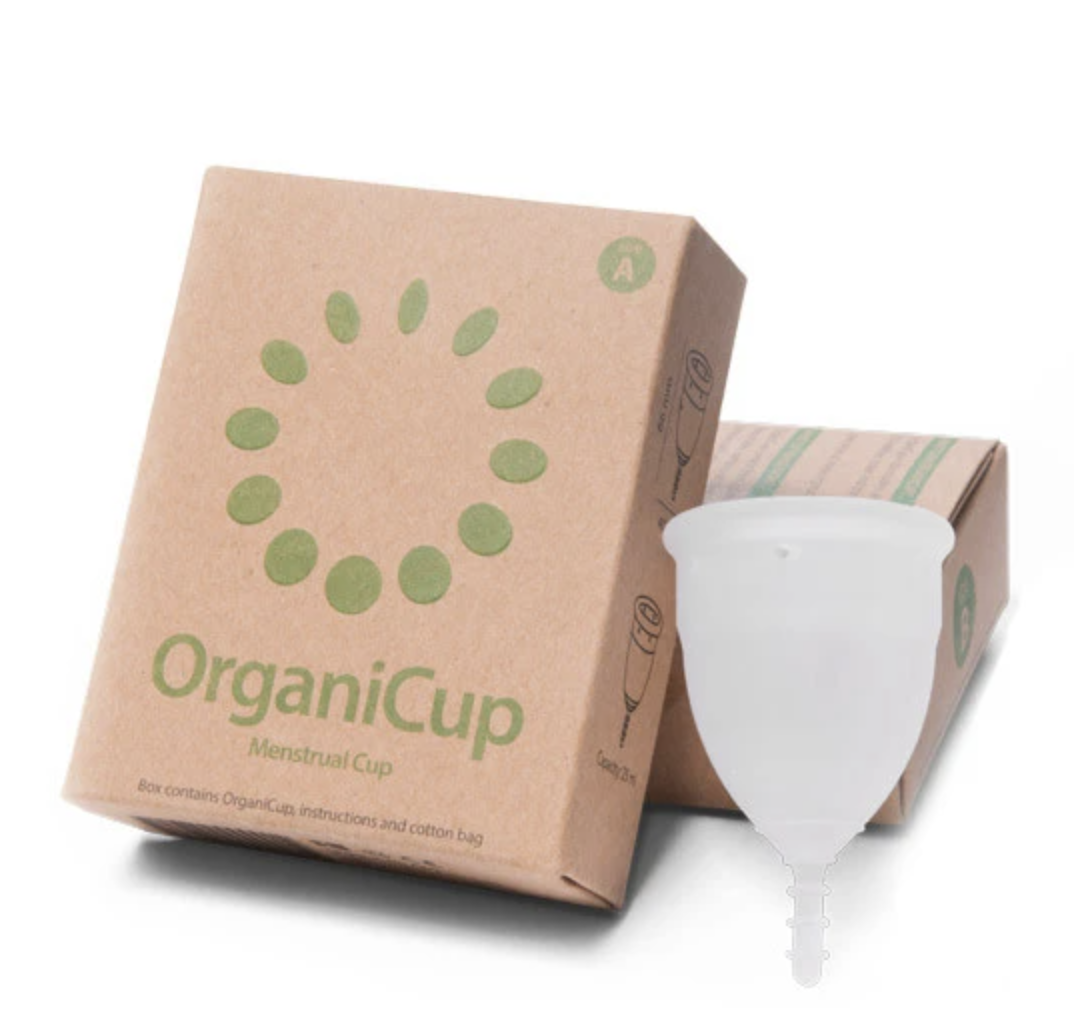
This is Content's best selling cup, according to Imelda Burke, founder of Content. It's 100% free from bleach, glue, perfume or anything else that doesn't belong in your body. Plus, the brand point out that a quarter of fluids absorbed by tampons are natural and necessary vaginal secretions, whereas OrganiCup only collects your period blood. By using a cup, you'll help to eliminate dryness while retaining your natural pH balance.
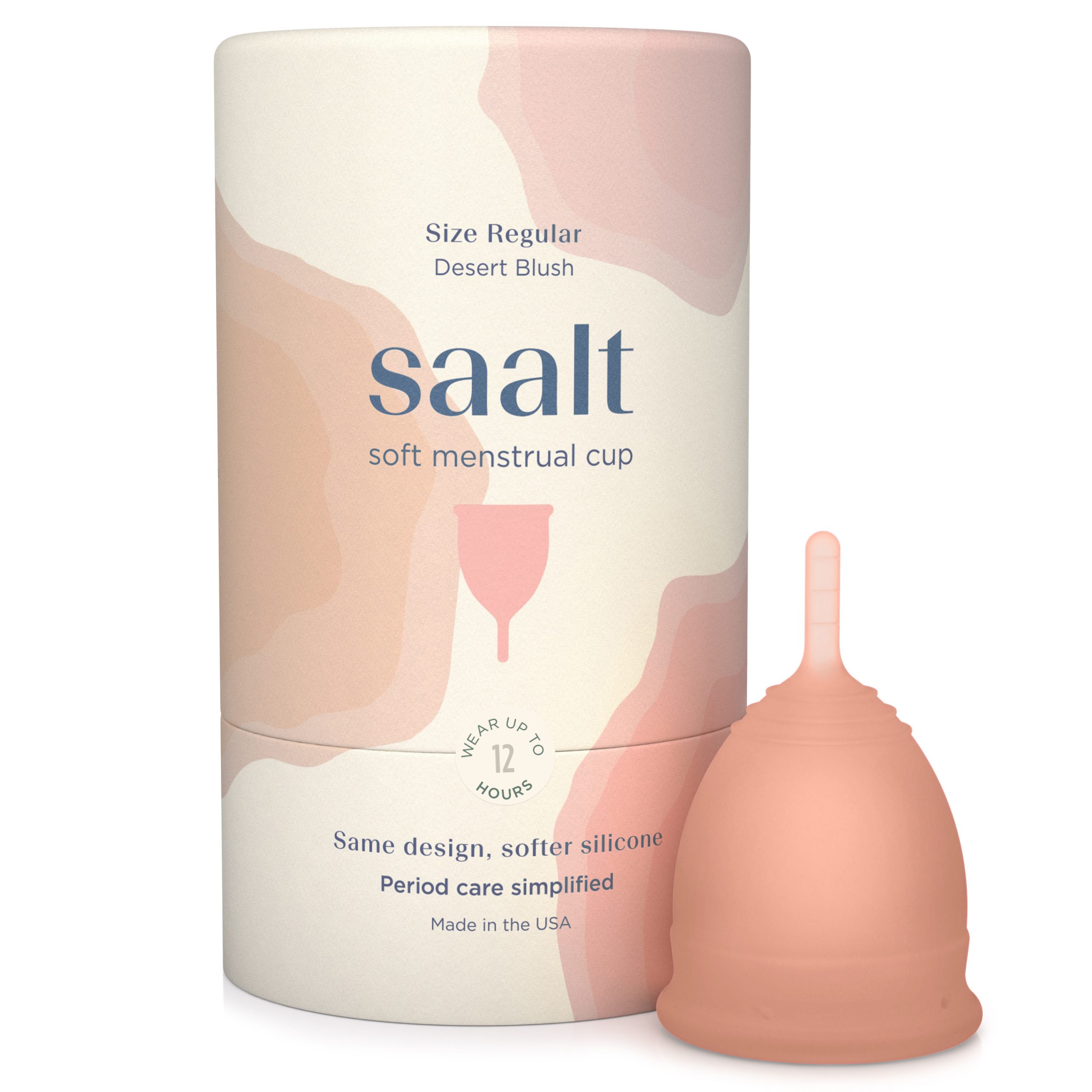
A little background for you: Saalt was founded by mother of five Cherie Hoeger, who started create reusable menstrual products after discovering her family in Venezuela had not had access to period care for years. Saalt cups promise to let you live your best life free of leaks, dangling strings, or bulky pads. Plus, it's as simple as emptying, rinsing and re-inserting, rather than throwing away, like tampons and pads.
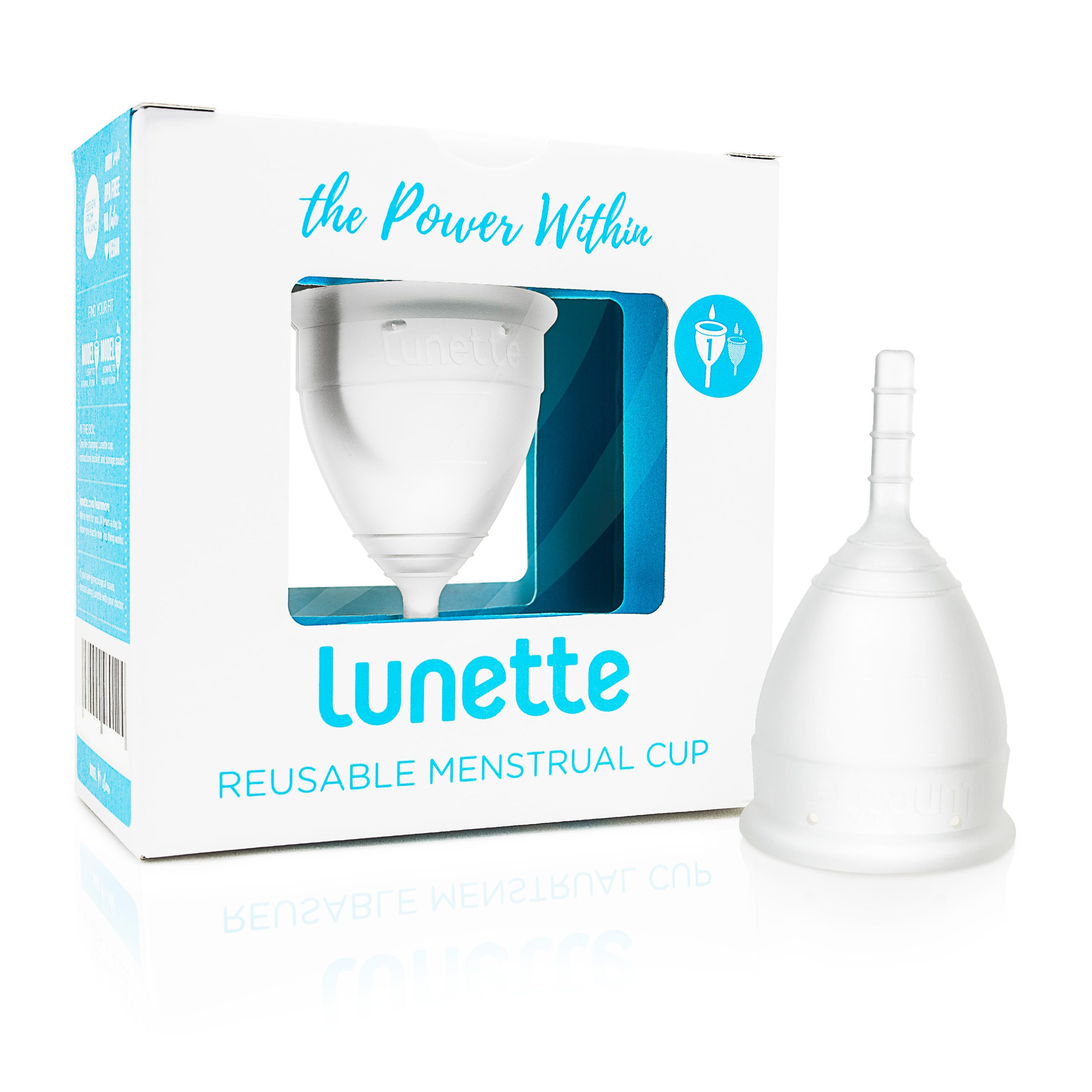
All Lunette menstrual cups promise to help you have a comfortable, safe, odorless and eco-friendly period and collect menstrual blood for up to 12 hours a day. Each Lunette menstrual cup comes with a pouch (so you can keep it with you for whenever you need) and a handy guide detailing how to use, too.
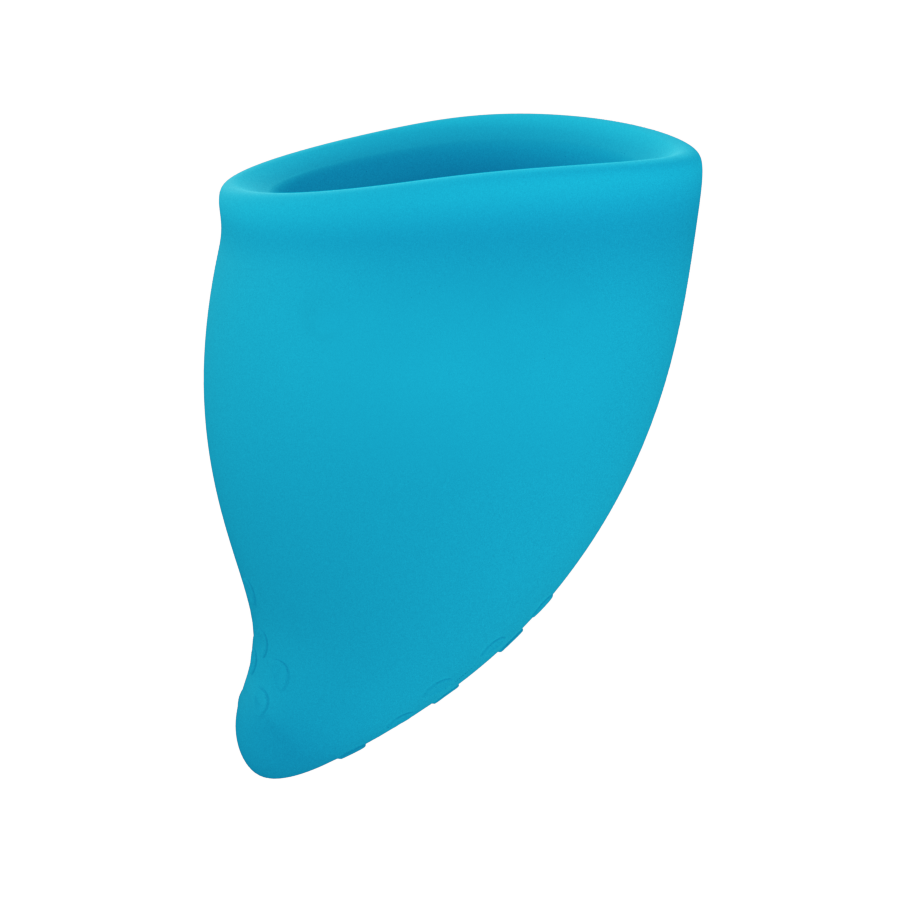
Designed by pleasure product pioneers, Fun Factory, the Fun Cup was designed to fit the natural form of the body. This basically means the design is slightly curved, to tuck under your pubic bone for maximum comfort and leak protection. Plus, it has a firm, tapered tip, which the designers say makes it easier to adjust and more comfortable than the most other menstrual cups. There's also a range of sizes to fit different bodies and different flows.
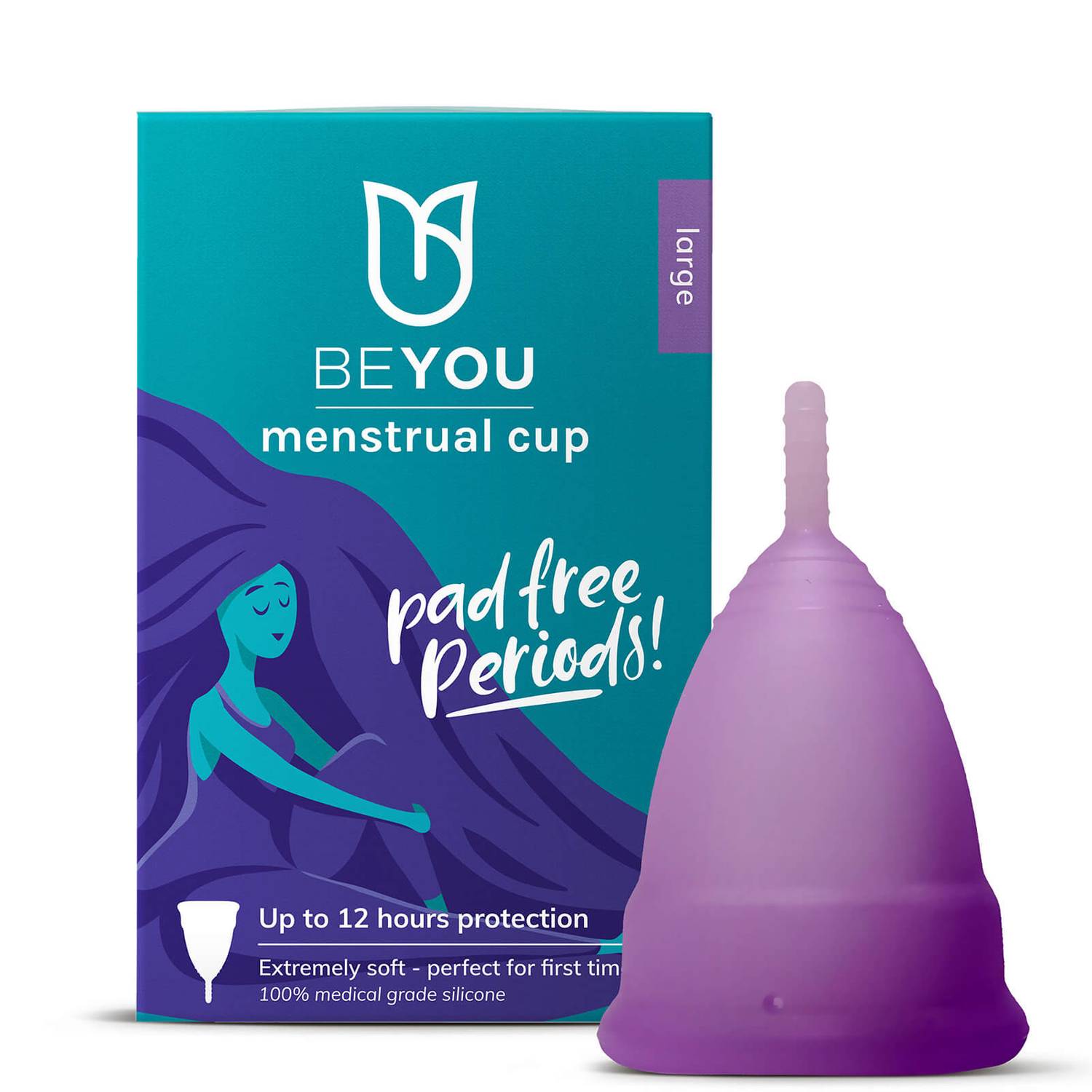
Just the latest of BeYou's products to make your period feel like a breeze (well, almost) is their 100% soft medical-grade silicone menstrual cup. Available in two sizes – medium and large – this leak-free cup holds up to three tampons worth of blood, so you can boycott wasteful, single-use period products for good.
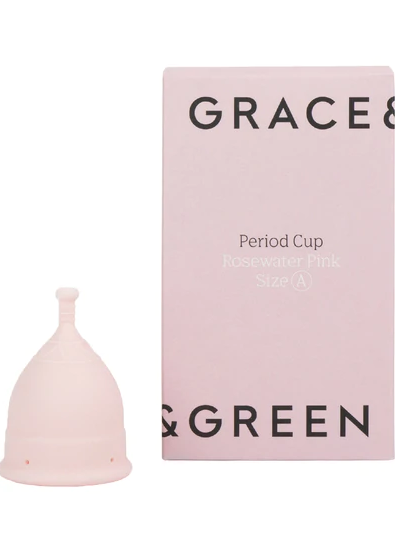
Promising up to 12 hours of leak free protection, Grace and Green's comfortable period cup comes in two sizes: 21ml and 26ml. (Put more simply, a size for women who have a normal to light flow and have not given birth vaginally, and a size for those with a normal to heavier flow who have.) Vegan, BPA and toxic free, this one's ideal for those with sensitive skin, and it lasts over ten years.
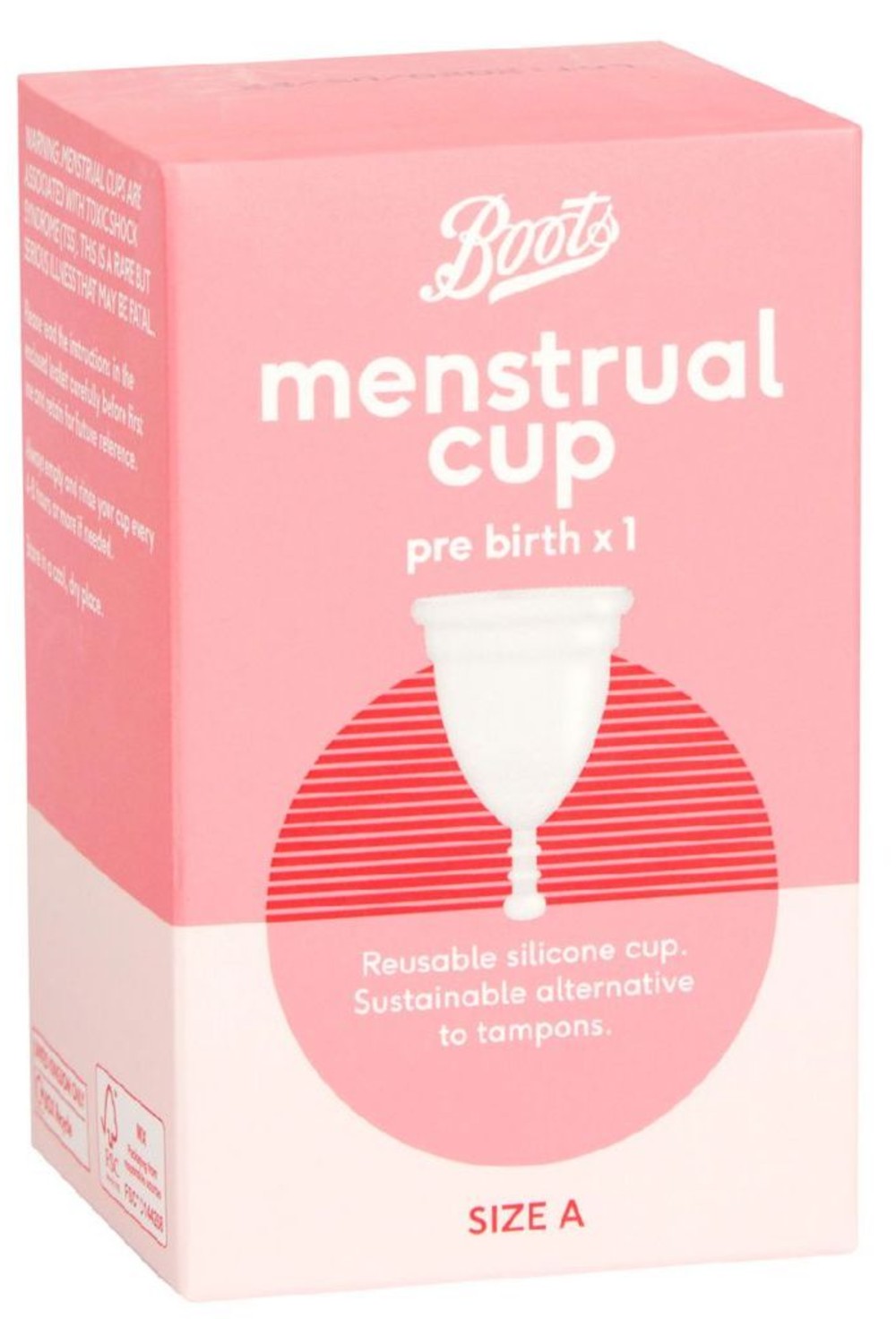
Rated over five stars by Boots customers, this soft menstrual cup holds more than 3 times as much as a tampon for up to 8 hours. Though this size is recommended for women who are under 30 and have not given birth vaginally, there is a size for women over 30 who have. Oh, and its packaging is also recyclable and its bag compostable biodegradable. Result!

Fun fact: for every purchase, bettercup donates one to someone who is in desperate need of period supplies. Bettercup is an 100% medical grade silicon, ethically made menstrual cup with no dyes, BPA, latex, bleach or plastic included. Available in two sizes, one for those have have given birth or are over 25 and one for those who have not given birth and are under 25, the cup lasts 10 years and can be left safely for up to 12 hours with no dryness.
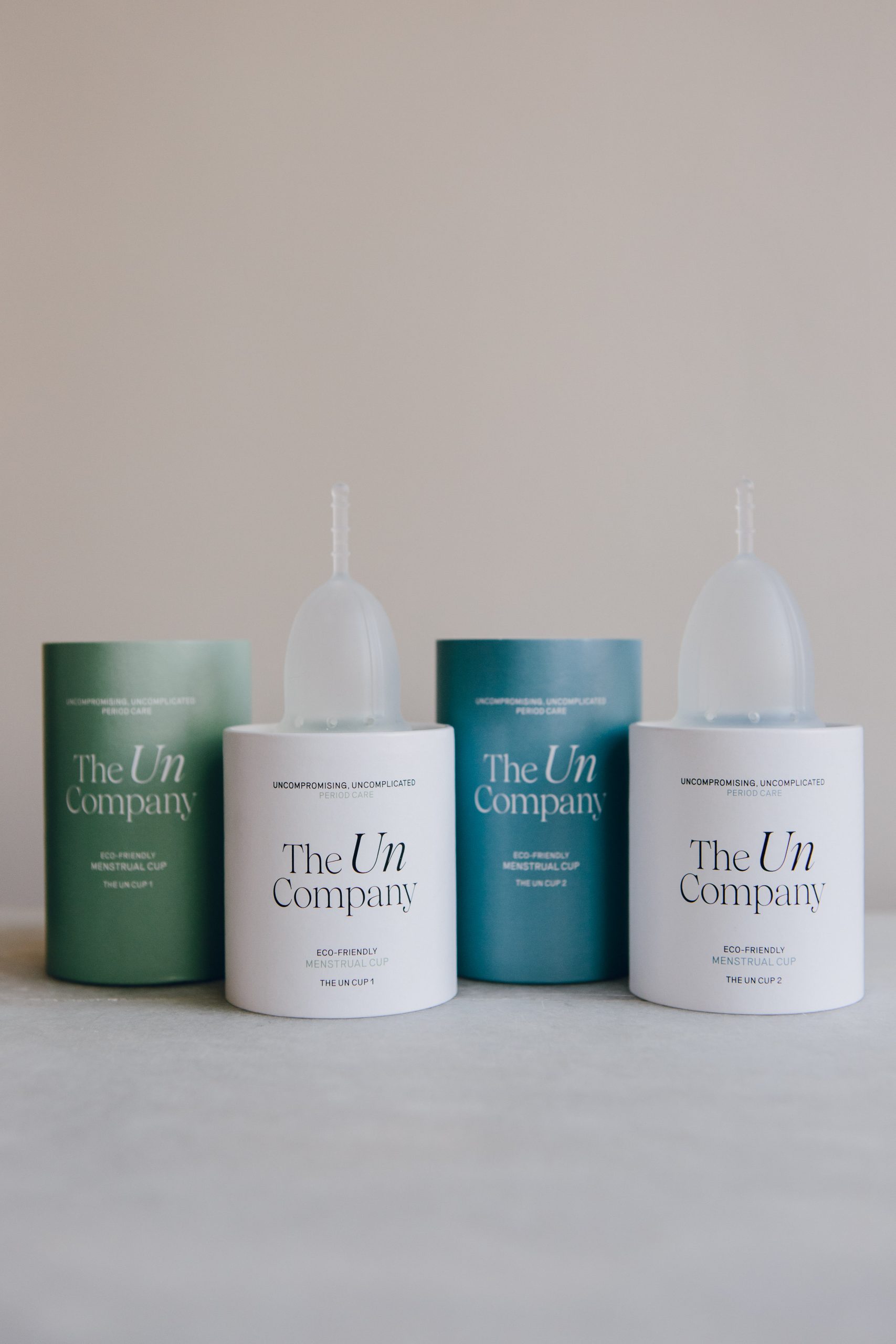
It took the team at The Un Company a full year to source it, but they believe they've have managed to secure the best menstrual cup on the market - or so they say. So what makes it better? Well, it's one of the only cups to be anti-microbial and bio-compatable, which keeps it cleaner and in sync with your body. Plus, they're made in Europe and fully regulated as a medical device. Neat.
Celebrity news, beauty, fashion advice, and fascinating features, delivered straight to your inbox!

Ally is Marie Claire UK's Senior Health and Sustainability Editor, a well-regarded wellness expert, ten-time marathoner, and Boston Qualifying runner.
Utilising her impressive skillset and exceptional quality of writing, she pens investigative, review and first-person pieces that consistently demonstrate flair and originality.
As well as writing, Ally manages a team of freelancers, oversees all commissioning and strategy for her pillars, and spearheads the brand's annual Women in Sport covers, interviewing and shooting the likes of Mary Earps, Millie Bright, and Ilona Maher. Shortlisted for three BSMEs and winning one in 2022, Ally lives and breathes her verticals: her eye for a story and connections within the wellness sphere are unrivalled. Follow Ally on Instagram for more.
